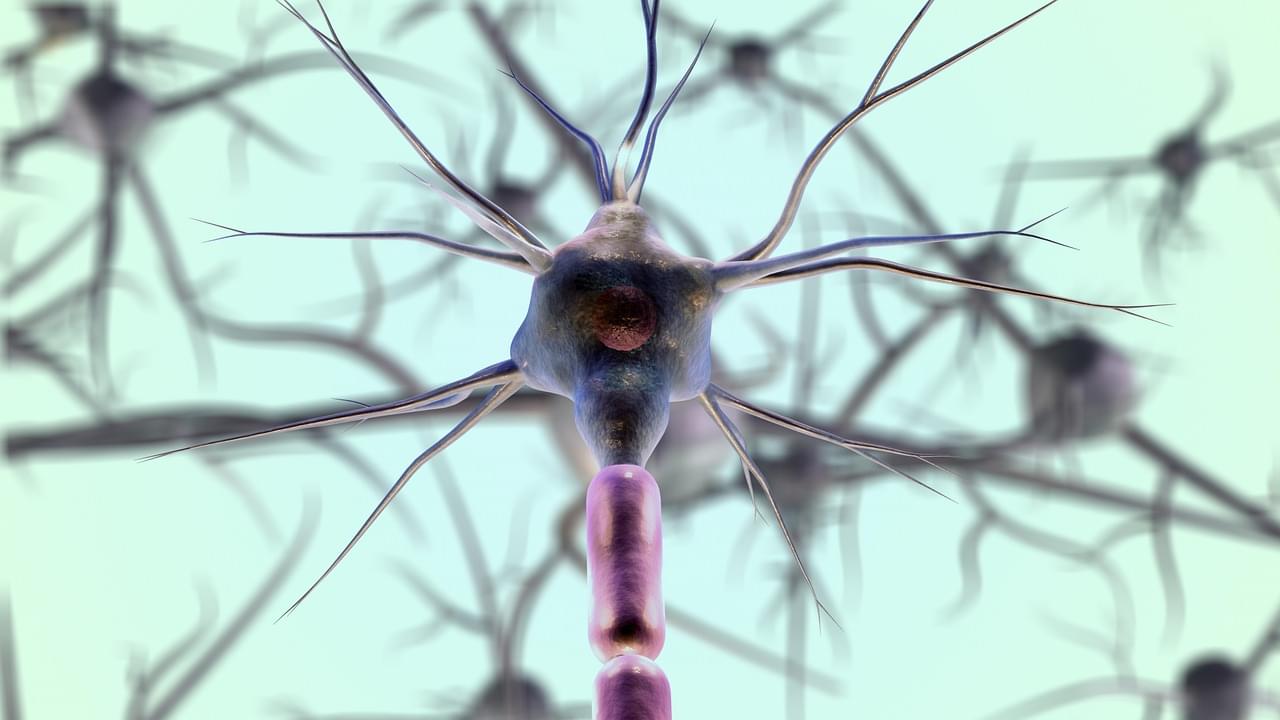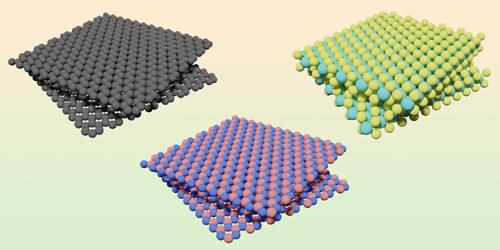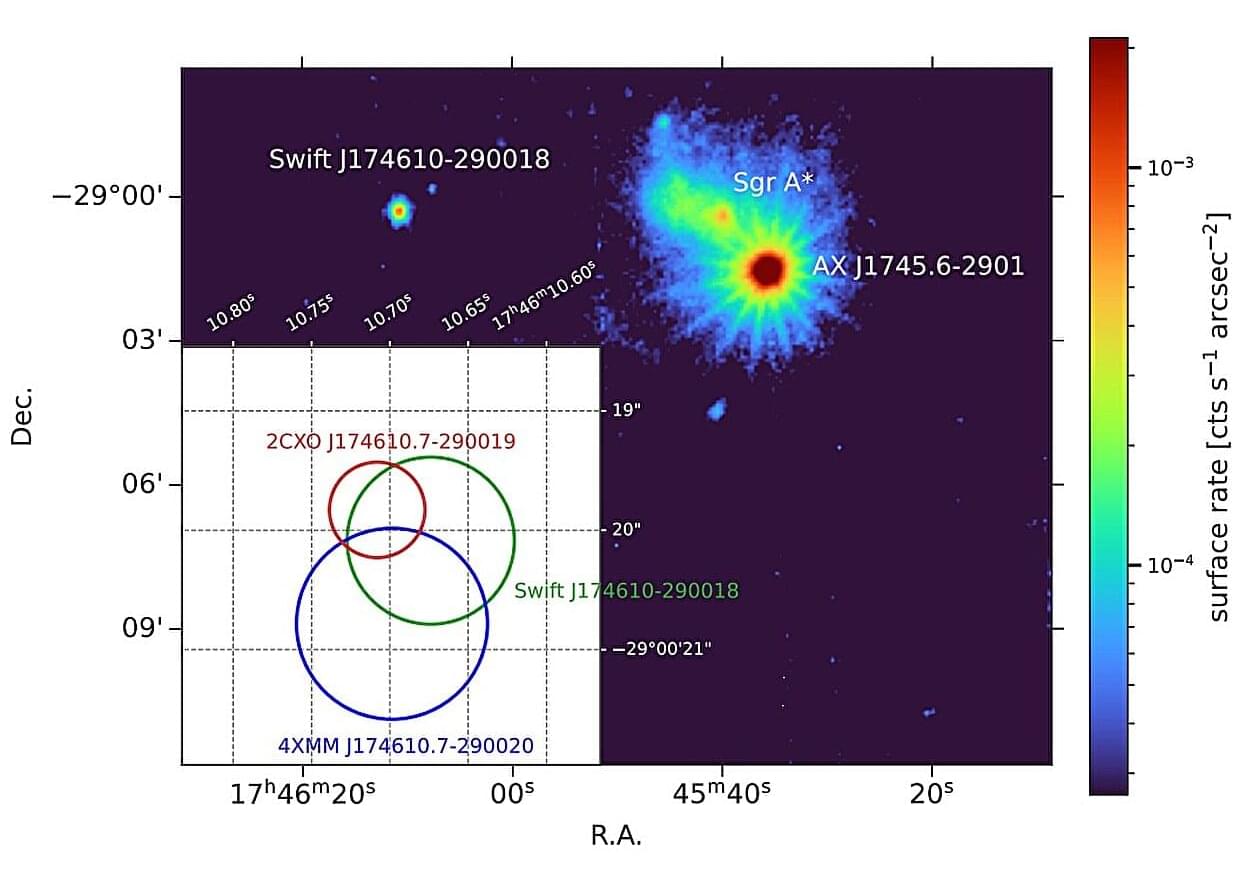Scientists really don’t understand time… but they do have some theories about what it might (and might not) be.



Could black holes help explain high-energy cosmic radiation?
Scientists may have finally uncovered the mystery behind ultra-high-energy cosmic rays — the most powerful particles known in the universe. A team from NTNU suggests that colossal winds from supermassive black holes could be accelerating these particles to unimaginable speeds. These winds, moving at half the speed of light, might not only shape entire galaxies but also fling atomic nuclei across the cosmos with incredible energy.
The universe is full of different types of radiation and particles that can be observed here on Earth. This includes photons across the entire range of the electromagnetic spectrum, from the lowest radio frequencies all the way to the highest-energy gamma rays. It also includes other particles such as neutrinos and cosmic rays, which race through the universe at close to the speed of light.

Amyotrophic lateral sclerosis (ALS), also known as Lou Gehrig’s disease, is a neurodegenerative disease that affects the neurons in the brain and spinal cord. In the United States alone there are fewer than 20,000 cases a year. However, the disease is fatal with a 5-year survival rate of 10–20% after diagnosis. This progressive disorder impedes voluntary muscle movement and can dramatically impact an individual’s quality of life. Symptoms of ALS include gradual muscle weakness and fatigue which spreads throughout the body. Difficulty moving and slurred speech is accompanied by muscle spasms, cramps, and twitching. Diagnosis is based on an exam led by a healthcare physician who also considers medical history and analyzes neuroimaging. Unfortunately, there are no blood tests to detect ALS. Additionally, the exact cause of ALS is unknown. However, many physicians and scientists believe that it is a combination of genetic and environmental factors.
Currently, there is no cure for ALS and medication works to manage symptoms and improve quality of life. Treatments include medication that slows disease progression, physical and speech therapy, and devices that help make movement and breathing easier (including wheelchairs and ventilators). It is unknown how this disease progresses and scientists are working to develop optimal therapies for patients.
A recent article in Nature, by Dr. Alessandro Sette and others, revealed that ALS is an autoimmune disorder. This discovery is extremely novel and progresses the field of ALS, especially since very little was known before. Sette is a Professor in the Centers for Autoimmunity and Inflammation, and Cancer Immunotherapy, and is Co-Director of the Center for Vaccine Innovation at La Jolla Institute for Immunology. Sette’s work focuses on understanding the immune system and measuring its activity in various diseases. More specifically, he focuses on cellular biomarkers that elicit robust immune reactions.



Quantum mechanics describes the weird behavior of microscopic particles. Using quantum systems to perform computation promises to allow researchers to solve problems in areas from chemistry to cryptography that have so many possible solutions that they are beyond the capabilities of even the most powerful nonquantum computers possible.
Quantum computing depends on researchers developing practical quantum technologies. Superconducting electrical circuits are a promising technology, but not so long ago it was unclear whether they even showed quantum behavior. The 2025 Nobel Prize in physics was awarded to three scientists for their work demonstrating that quantum effects persist even in large electrical circuits, which has enabled the development of practical quantum technologies.
I’m a physicist who studies superconducting circuits for quantum computing and other uses. The work in my field stems from the groundbreaking research the Nobel laureates conducted.

Using 11 years of magnetic field measurements from the European Space Agency’s Swarm satellite constellation, scientists have discovered that the weak region in Earth’s magnetic field over the South Atlantic—known as the South Atlantic Anomaly—has expanded by an area nearly half the size of continental Europe since 2014.
Earth’s magnetic field is vital to life on our planet. It is a complex and dynamic force that protects us from cosmic radiation and charged particles from the sun.
It is largely generated by a global ocean of molten, swirling liquid iron that makes up the outer core around 3,000 km beneath our feet. Acting like a spinning conductor in a bicycle dynamo, it creates electrical currents, which in turn, generate our continuously changing electromagnetic field —but in reality the processes that generate the field are far more complex.

Using various space telescopes, an international team of astronomers have observed a newly detected very faint X-ray transient designated 4XMM J174610.7–290020. Results of the observational campaign, published October 2 on the arXiv pre-print server, yield new insights into the nature of this transient.
Very faint X-ray transients (VFXTs) are X-ray binary systems experiencing occasional outbursts with peak X-ray luminosities lower than an undecillion erg/s, therefore fainter than typical X-ray binaries. To date, only a few tens of VFXTs have been detected in the Milky Way, and about a dozen in the center of our galaxy.
Due to their typical low fluxes, the number of VFXTs that have been investigated in detail is still very small. Therefore, finding new VFXTs and studying them is essential to get a comprehensive view of the population of these transients.

Scientists have come up with a new way to improve the safety and performance of all-solid-state lithium metal batteries (ASSLMBs), the next-generation energy source technology that is set to power everything from electric vehicles to renewable energy grids.
Most batteries that are in common use today contain flammable liquid electrolytes. The next evolution in batteries is the ASSLMB, which replaces the flammable liquid with a non-flammable solid material to move electrical charge between electrodes. While they are significantly safer, there is a critical flaw that prevents them from being reliable and long-lasting. That is, repeated charging and discharging cause gaps to form between the solid lithium metal anode and the solid electrolyte, which means the battery quickly breaks down and stops working.
To solve this problem, researchers from the Chinese Academy of Sciences developed a self-healing layer they call DAI (Dynamically Adaptive Interphase) that keeps the battery connected.
Hearing the sound of their mother’s voice promotes development of language pathways in a premature baby’s brain, according to a new Stanford Medicine-led study.
During the study, which is published in Frontiers in Human Neuroscience, hospitalized preemies regularly heard recordings of their mothers reading to them. At the end of the study, MRI brain scans showed that a key language pathway was more mature than that of preemies in a control group who did not hear the recordings. It is the first randomized controlled trial of such an intervention in early development.
“This is the first causal evidence that a speech experience is contributing to brain development at this very young age,” said the lead author, Katherine Travis, Ph.D., who was an assistant professor at Stanford Medicine when the study was conducted and is now an assistant professor at Weill Cornell Medical School and Burke Neurological Institute.